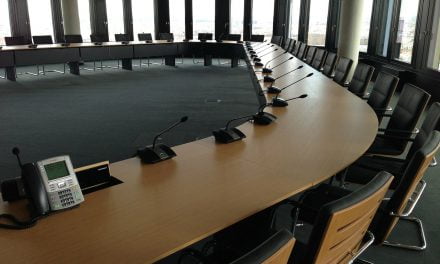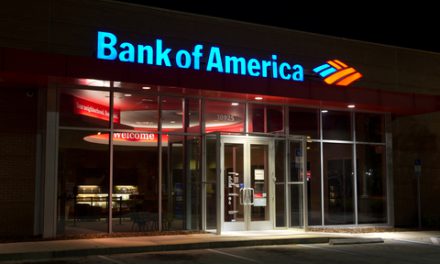Do you believe the Libor can be repaired?
- No (83%, 5 Votes)
- Yes (17%, 1 Votes)
Total Voters: 6
If “fixed” is defined as “rigged” or “illegally prearranged,” then yes, it certainly can. Whether the now infamous London Inter-bank Offered Rate (Libor) can be repaired is another question entirely.
British and American banking regulators are presently attempting to answer that question. Despite the gross malfeasance exhibited in the rigging of the Libor, the rate continues to be used as a benchmark for global financial dealings, including adjustable rate mortgages (ARMs) in the U.S.
In fact, Gary Gensler, the Chairman of the U.S. Commodity Futures Trading Commission (CFTC) and the main bulldog in charge of investigating the Libor on behalf of the U.S., recently testified before a British Parliament committee that Libor is still being held artificially (and fraudulently) low.
For those following first tuesday’s ongoing coverage of the scandal, this does not come as a surprise. What is surprising, however, is that Martin Wheatley, Britain’s lead financial regulator, insists the Libor is “broken, but not beyond repair.” Mr. Wheatley’s solution to fix Libor? Put a new regulatory board in charge and pare it down.
first tuesday Insight
No one wants to tell the Emperor that he’s naked, but this is getting ridiculous.
Libor is a fiction, folks. A tall tale told by Wall Street. A composite of compulsive lies, told each day at about 11:45 a.m. London time. Sure it can be fixed, but first one needs to believe that it is real. Libor is structurally flawed. It needs to be torn down and re-built from the ground up.
Libor suffers from not just one but two fatal flaws:
- It is an estimate of the rate that banks will lend to one another in the future.
- It is set by the very institutions that stand to profit from its manipulation.
Now, until the crystal ball is finally perfected and until lenders start playing fair (two events we would bet won’t occur in this lifetime), Libor cannot be fixed. Or, perhaps we should say it’s beyond repair.
So, what’s to be done with nation’s addiction to ARMs? We need only to look into the not-so-distant past, before the folly of indexing ARMs to Libor was ever perpetrated. It is called the 11th District Cost of Funds Index (COFI). This index is compiled monthly (not daily as is the highly volatile Libor) based on the previous month’s cost of funds actually incurred by lenders, rather than the best guess of the cost of funds for the next 24 hours.
Given that the COFI is set monthly, it is appropriate for ARMs since it is a short-term benchmark. It is the shortest term that ARMs ought to be indexed to, since last we checked homes financed by ARMs are not traded daily like stocks.
Oh that’s right — tranches of mortgage-backed bonds (MBBs) are, which is why Wall Street wanted Libor in the first place. Not for the stability of the housing market, but rather for the profitability (and malleability) of the secondary mortgage market.
As long as end-user, buyer-occupants are permitted to finance their purchases with ARMs, these financing instruments ought not be treated as short-term securities by the regulatory powers that be.
It’s one or the other: fix the benchmark that ARMs are indexed to so their rate reflects the true volatility on the market or clamp down on lenders who make this predatory financial instrument available to novice, end-user homebuyers.
Related articles:
Libor and you — a match made in . . .
re: The myth of fixing the Libor from the New York Times














